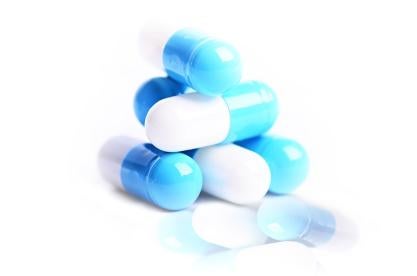Economics in getting a compound approved and commercialized are evolving. Drug companies have reduced budgets that historically funded vast R&D teams. Innovators are chasing tight investment dollars. The two camps are increasingly collaborating.
There is a self-selection factor rewarding start-ups. Specifically, they can’t attract funding or licensing deals unless they’ve protected their intellectual property, showed clinically relevant data, recruited a credible advisory board, and/or received validation within the industry. Even then there’s plenty of risk. Product prospects fail more often than not and early-stage companies usually have all of their eggs in one basket. Indeed, investors worry that companies trying to pursue multiple compounds would lose focus.
 For their part, Big Pharma can test promising compounds developed on the outside and try to reproduce results. As such, they can thoughtfully employ a “build” vs. “buy” analysis, deciding whether to go it alone or in-license (or otherwise acquire) given material. Even with the resources and expertise to get new ideas out of the lab and launched, established drug companies must figure out at what point licensing makes sense. There’s obviously greater risk at early stages of discovery. On the other hand, they’ll pay more for drugs that have already shown promise.
For their part, Big Pharma can test promising compounds developed on the outside and try to reproduce results. As such, they can thoughtfully employ a “build” vs. “buy” analysis, deciding whether to go it alone or in-license (or otherwise acquire) given material. Even with the resources and expertise to get new ideas out of the lab and launched, established drug companies must figure out at what point licensing makes sense. There’s obviously greater risk at early stages of discovery. On the other hand, they’ll pay more for drugs that have already shown promise.
Happily, technology has enabled companies small and large to stretch their dollars. Huge new and open data sets together with relatively inexpensive high throughput computing identify genetic or other characteristics to achieve earlier targeting, better prospects, and even repurposing of previous failures.
So what does an exclusive licensing deal look like? Here are the basic elements:
-
Field of Use – Parties determine whether the license is limited to developing therapeutics for a particular disease and what activities a licensor can pursue outside of certain indications.
-
Up-Front Payments – These are usually paid on signing of the license and represent concrete value in the licensed compound; other payments are not guaranteed.
-
Milestones – Each step of advancement — whether filing a regulatory application, dosing the first patient in a clinical trial, or achieving the first sale in a given market — typically give rise to additional remuneration. Conversely, if a licensee discontinues development, there may be a mechanism for rights to revert and interim development to be licensed back.
-
Royalties – Payments are based on a percentage of net sales (sometimes per unit sold). Each deal varies as to the types of expenses, taxes and combinations that are included, and how and for what markets and periods thresholds are calculated.
-
Intellectual Property – The parties agree which has the right to register, enforce or defend IP rights and how costs and awards are split.
-
Reporting and Consultation – A committee often confers on the direction of, and each side’s continuing contribution toward, R&D.
-
Protections – Licensing can be a big-ticket deal. The parties must carefully craft legal and other provisions to anticipate issues that may arise in the future and apportion responsibility.
One of the terrific aspects of working with life sciences companies is the ability to witness ingenuity. Start-ups bring great creativity to a problem. Successful drug companies achieve a balance between internal R&D capabilities and external deal making. Getting a drug to market is rewarding for all.


 i
i

